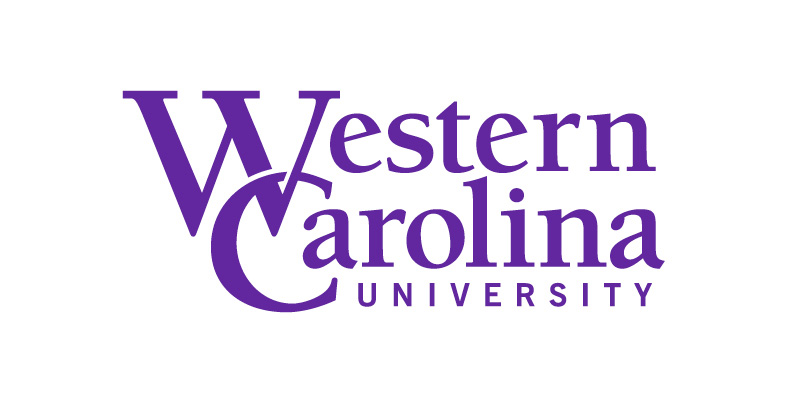
By Shandon Bates, Director of Systems and Operations
In the fall of 2010 the IT division responded to the Chancellor’s request to put together a prioritized list of items that were needed to continue or improve operations. These items included updating the server infrastructure to current and supported hardware, upgrading the datacenter network infrastructure to address potential issues noted in a report from consultants that we had engaged in December 2009, and upgrading the network traffic shaper to address both equipment age and the marked increase in network traffic. These requests were put before the Executive Council and were approved.
IT began the purchasing and planning process immediately and also started looking at the impact to campus. It was clear from the start that the biggest pieces of the upgrade would be switching the existing datacenter network from the existing equipment to new higher speed gear and upgrading some components of the server and storage infrastructure to take advantage of the new network.
As a result, we began planning the upgrade for winter break, when it would have the least impact on campus. On December 30 we began the process of shutting down the entire datacenter in order to make the necessary changes. We took extra measures to move the main web server to different hardware to insure that it would be available throughout the outage, then began reconfiguring the network. More than 16 hours later, a majority of services were up, although we did have to continue working through the night on a few issues.
The next step, which began in mid-January, was replacing the server infrastructure with newer, more powerful hardware. We were able to make these changes transparently by setting up the new environment and migrating a few servers at a time. By early February, we were operating in the new environment. The project allowed us to consolidate the number of host servers that we run from 21 to 7, and has allowed us to decrease the amount of time needed to back up data. This in turn lowers our licensing and operating costs, as well as providing a more stable and robust infrastructure.
The final item that IT requested was an upgrade packet shaper. The packet shaper is a device that sits between the WCU network and the Internet and is utilized to insure that the mission critical traffic is able to flow in and out of the campus. With the growth of peer-to-peer file sharing applications and streaming media, it essentially monitors the bandwidth usage of non-critical applications and keeps critical data flowing. The original device was implemented in 2001, when our bandwidth usage was relatively low. With the explosion of streaming media, including YouTube and Netflix, we found that the amount of network traffic was rapidly increasing and that the packet shaper would need to be replaced. This was done over spring break.
